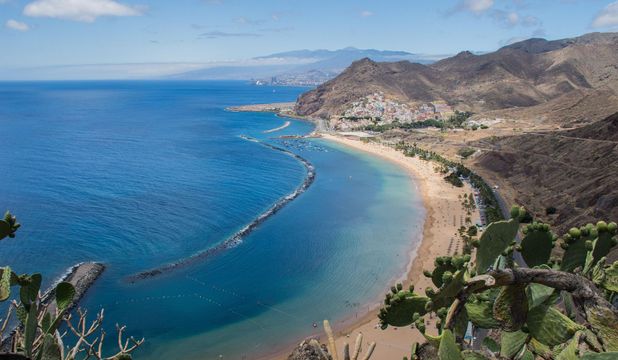Palma Vela 2022
Duration
Team level
Activity level
Event Language

About event
Start:Palma, Balearic Islands, Spain
Finish:Palma, Balearic Islands, Spain
Palma Vela 2022
PalmaVela is one of the best international regattas that opens the yachting season in the Mediterranean!
The international regatta PalmaVela rightfully occupies one of the first places in the yachting world and opens the season of great races in the Mediterranean. The organizer of the regatta is the Royal Palma Yacht Club (Real Club Náutico Palma), which opens its doors every year to yachtsmen on the most modern sailing boats.
The scale of the regatta and the number of participating classes of yachts are amazing. The entire sailing Beau monde comes to the picturesque bay of Palma: Wally, MAXI, TP52, SWAN, J80, the traditional IRC and ORC divisions, Dragons, and classic yachts. This is a real extravaganza of sails from the most modern racing boats to elegant 100-year-old yachts.
The PalmaVela regatta has recently attracted more and more crews. The high level of competition, famous sponsors, professional crews and modern yachts create an incredible atmosphere of this race.
The organizers of the regatta think not only about competitions but also about the interesting evening program with receptions and music.




Palma Vela 2022
April 29, 2022 — May 9, 2022from €2,200 / 11 days / 1pers.
Events schedule
- Apr 29, 2022
The regatta consists of 3 intense days of short distance races and an active evening program.
9:00-10:00 — Competitors registration Sailing Instruction delivery

- May 9, 2022
12:00 Race/s
There will be a trophy for the winner in each of the participating classes. Other trophies may be awarded and will be published on the Official Notice Board.

Location
The route of the PalmaVela regatta is very interesting. It includes a variety of short-distance races (buoys) in the Gulf of Palma, which require active and coordinated work of the entire crew, and a route race of 25 miles. You won’t have time to relax! The picturesque bay of Palma de Mallorca, the Cathedral - the visiting card of the island, Bellver Castle, the unique atmosphere of the city and the wonderful warm weather also add to great impressions from the regatta.
Discussion
FAQ
Can I participate in a regatta if I don’t have yachting experience?
Yes, of course. There will be an experienced skipper and team members on the yacht. They will give you a role and teach you everything you need to know to be a useful team member and feel comfortable.
Will I be able to steer a yacht?
Yes, all team members will definitely try themselves in different roles to better understand each other. Standing at the helm is an integral part of training for beginners as well as setting sails, and helping the team during moorings.
Where will I live during the regatta?
As a rule, participants in the regatta live on the yacht. The boat has everything you need for a comfortable stay: nice beds, a kitchen, a shower with toilet. If you do not want to live on a yacht, then you can arrange to stay at the hotel onshore.
What will we eat?
The crew decides altogether what kind of food they prefer to eat and makes necessary purchases. Simple dishes can be cooked, usually taking turns. Some regattas offer daily meals and intensive evening program for all crews.
Do you help with a visa?
We can make an invitation for a visa, but you need to apply for a visa by yourself.
Will I have seasick? What should I do if I have sickness?
Most people tolerate some seasickness easily. If you feel that you are starting to feel sick, it is best to get at the steering wheel or tune the sails. Get yourself busy, show your body that you don’t have time to get sick, you have to fight for victory in the race. There are also many quite effective medicines from sickness. If you start taking them in advance, then the probability of seasickness is almost zero.
How and where will I meet the crew and the captain?
Before each trip, we organize an online meeting where participants get to know each other and the captain. The captain will answer all your questions. The crew will have a group chat so you can get to know each other before the start of the regatta. Then you will meet in the marina.
What clothes do I need?
The main rule is to dress comfortably and according to the weather. Clothing: • windbreaker and pants or shorts; • shirt/jacket with UV protection (thermal underwear and fleece); • adjustable hat/cap; • gloves. We recommend to purchase a long-sleeved jacket with UV protection in order to protect yourself from the sun and strong wind. Yachting shoes should be: • light, with non-slip white outsole; • with the fixed heel; • with a tightly closed nose. During the sailing without shoes, you can fall or injure your fingers and feet on the deck. There are many protruding parts on the boat that are easy to catch. Unfortunately, even experienced sailors are not protected from unpleasant injuries when they ignore this simple rule.







No comments, be the first one!